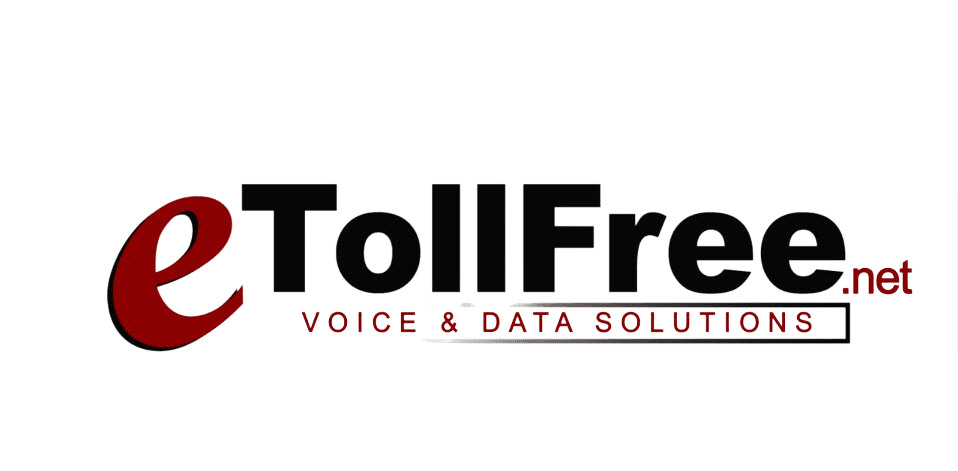### Understanding the Latest Updates in Health Information Security
In today’s digital world, protecting personal health information is more important than ever. As cyber threats become increasingly sophisticated, the rules for keeping electronic health data secure are being strengthened. For entrepreneurs and small business owners in the healthcare sector, these changes are vital for safeguarding sensitive information. Let’s explore what’s new and why these updates to health security laws like HIPAA matter.
Why Health Information Rules Need an Update
With the increase in cyberattacks, there’s a pressing need to reinforce the rules that protect electronic health information. Hackers and malicious software are constantly evolving, which means our defenses must evolve too. Here’s a look at some of the key changes being proposed to strengthen these rules:
Tracking Technology and Software
The first big change involves healthcare providers making a checklist of all the devices and software that handle patient data. This guards against potential threats by keeping a close eye on where and how sensitive information is being processed and stored.
Conducting Risk Analyses
It’s essential for healthcare providers to have a robust plan for identifying risks. Regular assessments will help catch vulnerabilities before they can be exploited by cybercriminals.
Planning for Cyberattacks
Being prepared for security incidents is crucial. This involves not only having a plan to handle attacks quickly but also being ready to report these issues promptly. Proactive measures can significantly reduce damage when breaches occur.
Ensuring Partners Follow Suit
Any third-party companies working with healthcare data must adhere to these stricter guidelines. This ensures that partners and vendors take security seriously and assist in maintaining overall data protection.
The Reasons Behind These Changes
Updating these rules is about more than just keeping up with technology. It’s about addressing real-world challenges:
Rising Cyber Threats
Today’s hackers are smarter and more determined, which means cybersecurity must be just as smart. Implementing tougher rules is a necessary response to this heightened threat level.
Outdated Rules
The current regulations haven’t kept pace with recent technological advancements. Modernizing these laws ensures they’re equipped to protect data in today’s digital landscape, aligning more closely with expert recommendations like those found here.
Enhanced Privacy and Clarity
Stricter rules provide clearer instructions, making them easier for healthcare providers to follow. This increases overall patient trust by enhancing data privacy and security.
Tackling the Challenges
While these changes bring many benefits, they also pose challenges, particularly for smaller clinics and practices:
Cost and Resource Implications
Small healthcare providers may find the costs associated with these upgrades to be a burden. Implementing new technology and training staff can be expensive, potentially straining limited budgets.
Navigating Complexity
As regulations grow stricter, the complexity of compliance increases as well. Healthcare providers must invest time and effort to understand and implement these new requirements thoroughly.
Keeping Up with Cyber Threats
Cyber threats evolve rapidly, making it difficult to stay ahead. Continuous education and adaptive strategies are essential for maintaining security.
Preparing for the Changes
To tackle these challenges, healthcare providers can take several steps to prepare and protect their patient data:
Weakness Identification
Conduct thorough reviews to find weaknesses in current systems and address them promptly. Doing so can preempt potential breaches.
Maintain Comprehensive Records
Keeping an updated inventory of all technology involved in patient data management helps track and protect crucial information.
Strengthen Security Protocols
Develop detailed plans for addressing security threats and ensure that all staff are familiar with these protocols.
Collaborate with Partners
Work closely with third-party vendors to ensure they follow robust security practices and aid in protecting patient data.
Use Available Resources
Government resources, like those detailed by the HHS, can provide vital support. Consider adopting cyber insurance as added protection.
Conclusion: Building Trust Through Enhanced Security
By embracing these updates, healthcare providers strengthen their ability to protect patient information efficiently. Even though these changes require effort and investment, they are crucial for maintaining trust in the healthcare system. Ensuring privacy and security is not just a legal requirement but a fundamental part of patient care that every provider should prioritize.



